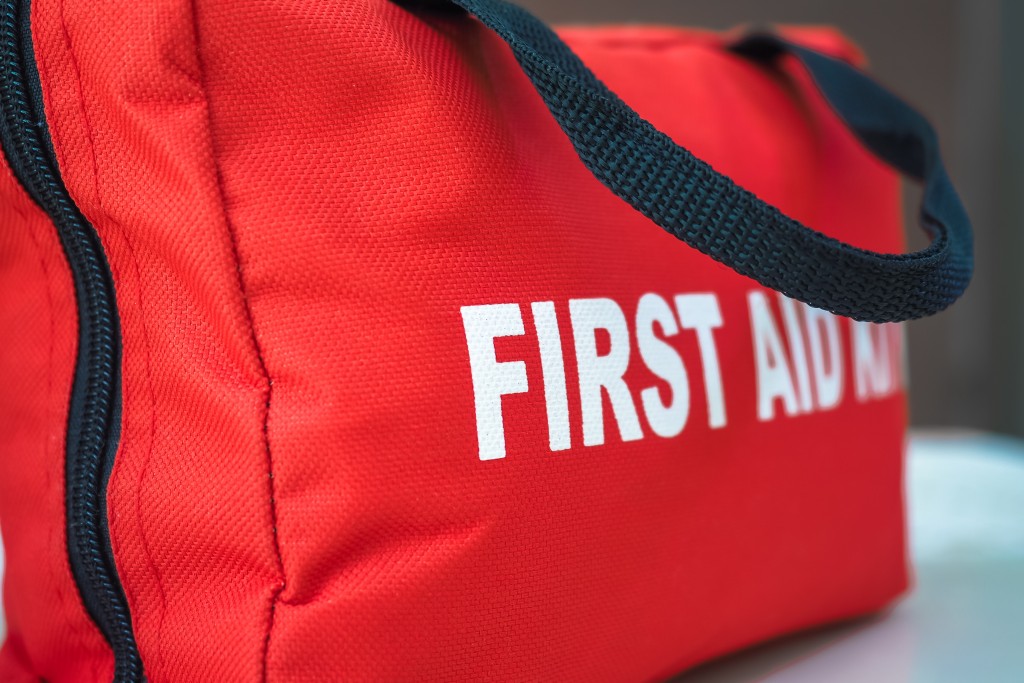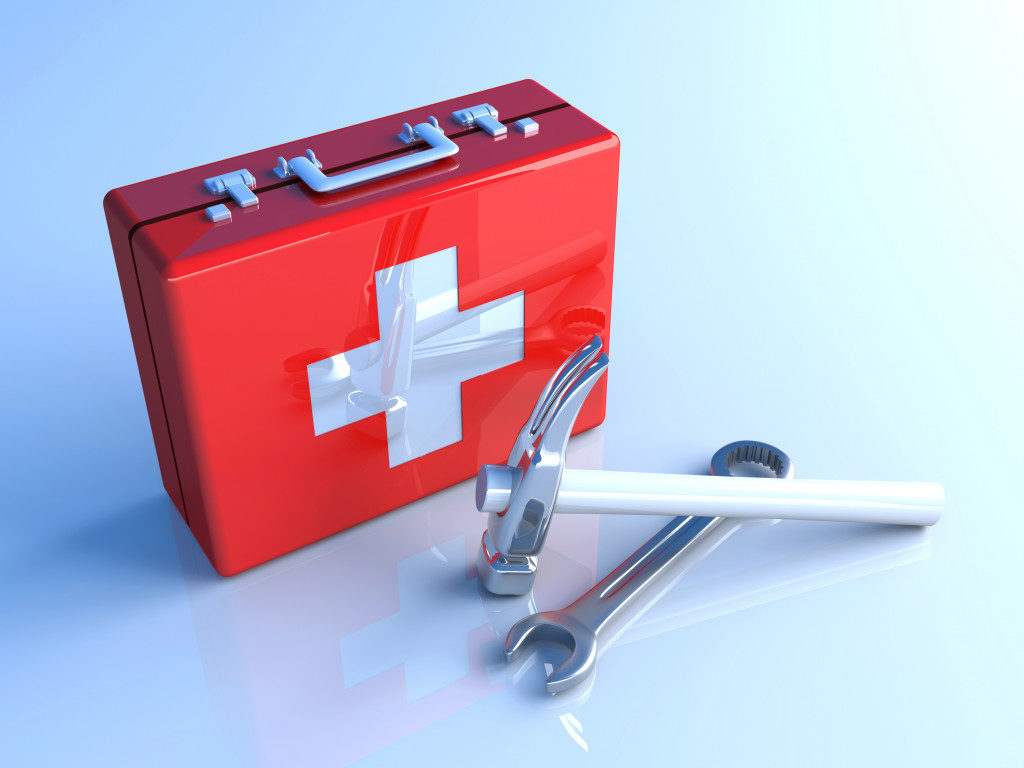With so many disasters and emergencies that happened these past few years, it’s never too early to discuss emergency plans with your friends and family. These plans should include an emergency kit, also known as a survival kit or an emergency go-bag.
What is an emergency kit?
An emergency kit is a package that aids one’s survival during an emergency like an earthquake, wildfire, or flood. It contains essential tools and supplies and must be prepared in advance.
Having an emergency kit at home prepares and protects you and your household from unforeseen events. When you run out of potable water or food and have no means of buying groceries, for example, canned goods and bottled water can keep you from starving for a few days. When there’s an earthquake and someone gets injured, you’ll have a first-aid kit to prevent the injury from worsening until professional help arrives.
What goes inside an emergency kit?
The supplies inside an emergency kit depend on several factors. The spokesman for the Federal Emergency Management Agency lists these factors:
- Geographical issues: Items that make sense in one area may not apply to another. Find out the frequent disasters in your area—hurricanes, earthquakes, wildfire—and pack your emergency kit accordingly.
- Storage areas: You might want to pack a separate emergency kit for when you’re in the office, just in case you’re not at home when disaster strikes.
- The number of people who need the emergency kit: How many people do you have in the household? The emergency kit should hold enough rations for all of you. Alternatively, will you be carrying one bag or will you pack separate packages per family member?
Your emergency kit checklist
A typical emergency kit for any situation consists of the following essentials:
Food
Store nonperishable food that’s good for three days. This includes ready-to-eat meals, biscuits, and energy tablets. Bring portable heaters for heating meals, and add mess tins, can openers, and utensils to your kit.
Water
Every professional preparedness organization recommends storing gallons of potable water. But, in the event that you have to move, carry a portable filtration system. This can give you access to unlimited, running water. If you can’t, then carry as many bottles, tumblers or jugs of water as you can.
Other weightless water-related items you can add to your emergency kit include a purification straw, as well as water purification tablets.
Lighting
Flashlights and candles are recommended for setting up emergency lighting at home or around a makeshift dwelling. Add a headlamp in case you need to explore an area while freeing up both hands.
Signaling and Navigation
If your cellphone doesn’t have a signal or its battery is drained, and you need to go somewhere, a compass can help. A whistle is excellent for alerting emergency rescuers in your location. Make sure to pack an extra charger in your kit, apart from the one you use, in case you need to leave in a hurry.
Tools
Knives and mini shovels can come in handy when you need to dig and cut items. Add duct tape a bulk of paracords, and sewing needles and threads for your repair needs.
First Aid

A first aid kit helps you attend to an injury before you or the injured can be given medical care. Apart from dressing and adhesive plasters for wounds, bring suction pumps for removing venom. Don’t forget your medication, as well as insect repellent and sunscreen.
No one can accurately predict when disaster would strike. With an emergency kit, you and your loved ones can have the critical gear you need to survive for the next few days should unforeseen circumstances happen.

